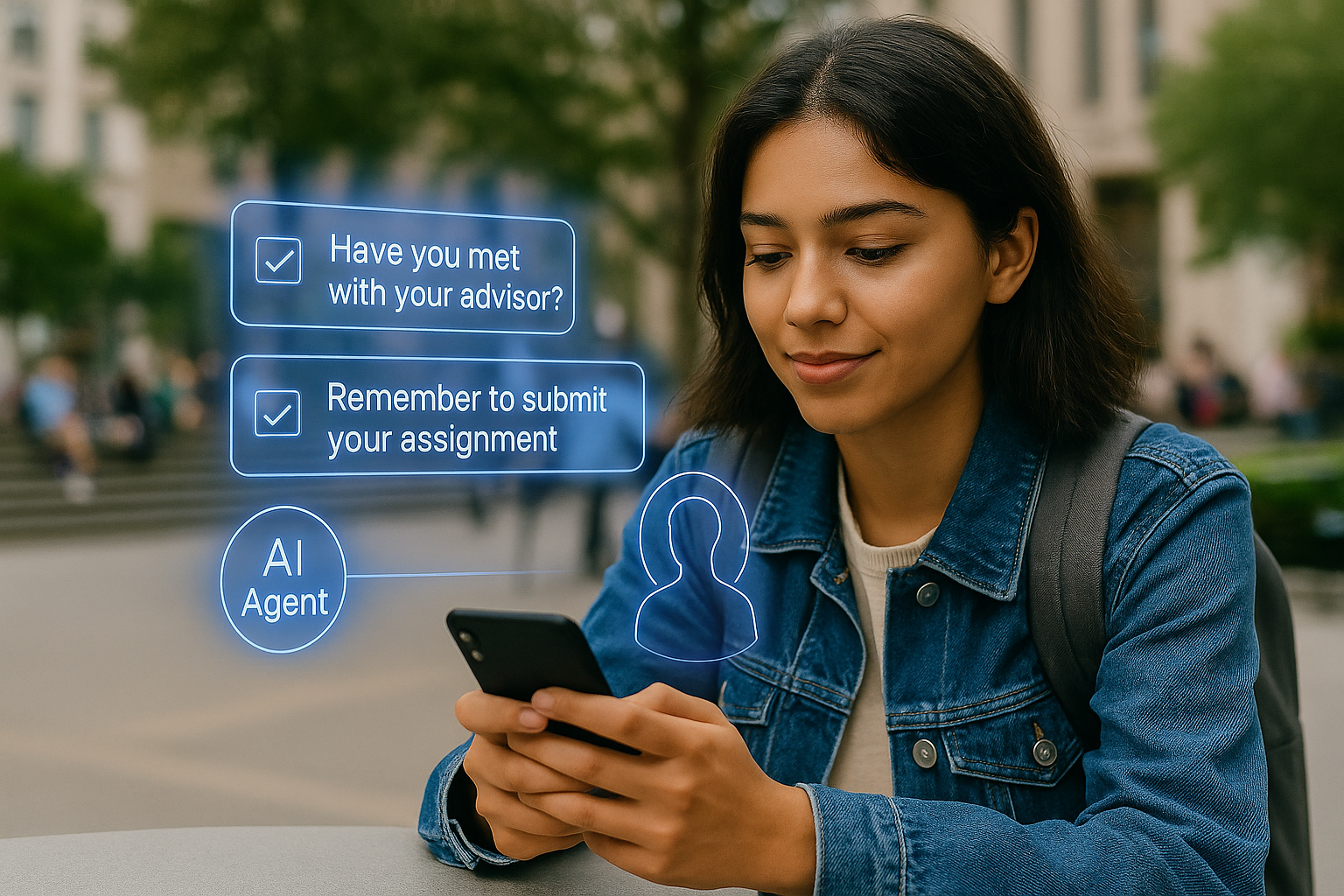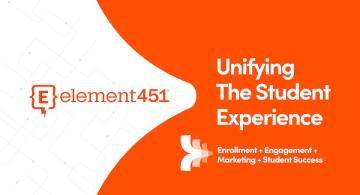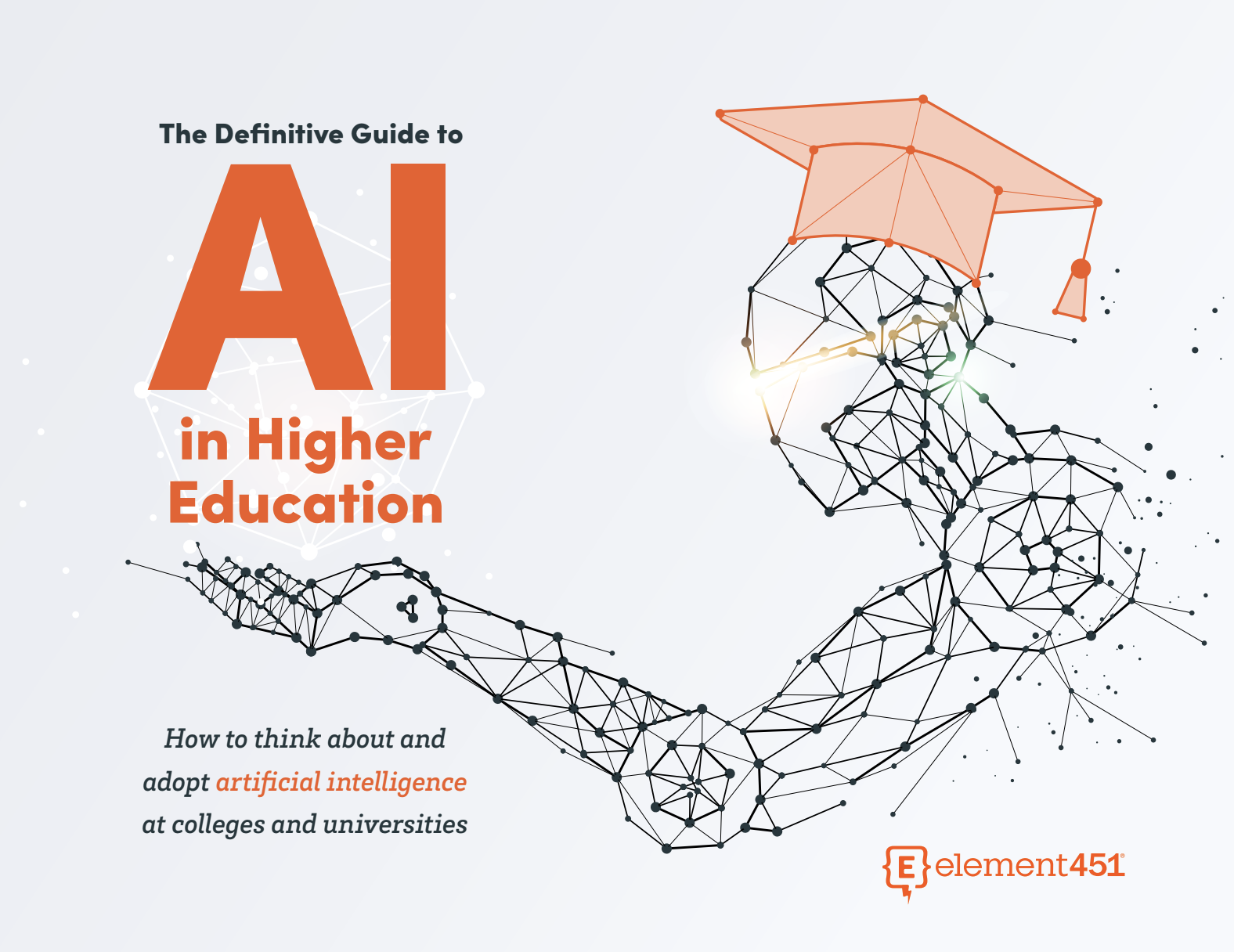Which AI Agents Help Nudge At-Risk Students Toward Success?
by Erin Newton · Updated Sep 22, 2025

At-a-Glance
- Retention lift: Institutions could can see a +2–7% retention improvement and +3–10% gains in grades using AI agents for early interventions. See the playbook
- Adoption: 87% of colleges report early alerts or nudges as a core retention tactic. (RNL)
- Evidence: Peer-reviewed research shows early-alert interventions can improve final course grades—especially when institutions follow up quickly with actionable support. (Research in Higher Education, 2024)
Introduction
When students miss assignments, stop logging in, or face financial aid holds, the risk of stop-out rises fast. AI agents—working inside an AI workforce platform—watch for these signals and nudge students toward timely help. They don’t replace advisors; they scale outreach so staff can focus on complex conversations. With early alerts plus intervention, campuses see measurable gains in persistence and course success. Agents ensure follow-up is quick and consistent.
What are AI agents for at-risk students?
AI agents for student success act as proactive teammates. They monitor grades, LMS activity, attendance, advising notes, and aid status. When a risk threshold is crossed, they send context-aware nudges by text, email, or chat, and escalate to an advisor if needed. The result is systematic follow-up, not reactive triage. See Element451’s Early Alerts & Intervention overview for the operational model and outcomes.
How do early alerts support retention?
An early alert is a data or faculty-initiated flag that a student is drifting off track. The challenge is capacity: manual lists and multi-system handoffs create delays. AI agents close the gap by guaranteeing timely outreach and routing cases to the right person. Research shows widespread use of early alerts; RNL reports strong adoption among retention leaders.
Recent studies that use causal methods—research designs that test cause-and-effect rather than simple correlations—have been done to evaluate early-alert programs. The findings show that fast follow-up and clear, actionable messages have the strongest impact (Research in Higher Education).
Types of Nudges that Work (with Examples)
Different risks demand different messages. Keep them specific, supportive, and easy to act on.
Risk Signal | Nudge Example | Why It Helps |
|---|---|---|
Missed assignments | “You’ve missed two assignments in Course X. Tutoring is open this week—want the link?” | Context + solution lowers friction. |
No LMS activity | “Looks like you haven’t been in Course Y for a week. Want quick ways to get current—or a 10-minute check-in?” | Timely, empathetic, actionable. |
Aid hold / FAFSA gap | “Your FAFSA is incomplete. Submit by Friday to avoid delays. Need help? Book a 15-min slot.” | Clarifies deadline and path. |
Missed advising | “Haven’t met your advisor yet? Pick a time that fits—virtual or in-person.” | Reduces scheduling barriers. |
Wellness stressors | “Midterms are heavy. Want info on counseling, study groups, or peer mentors?” | Supportive tone invites help. |
How Element451’s Early Alerts & Intervention Playbook Works
Element451’s AI workforce platform turns early alerts into immediate follow-ups, so students get support right when they need it most. Here’s how the process works step by step:
- Integrate student data (LMS, SIS, aid).
- Define thresholds (e.g., no login ≥7 days; grade below C).
- Trigger alerts in real time.
- Automated nudges go out with course-specific context.
- Escalation rules route unresolved cases to advisors.
- Dashboards track messages, appointments, and outcomes.
- Measure impact (retention, grades, time-to-intervention) and iterate.
Element451’s client research shows that this approach improves both retention and course success rates, while ensuring students receive consistent, timely support around the clock.
From Risk Signal to AI Agent Action
This table shows how AI agents respond to common early-warning signs and the outcomes those nudges drive.
Risk Signal | AI Agent Response | Desired Outcome |
|---|---|---|
No LMS login ≥7 days | Sends supportive reminder with quick links to course resources. | Student re-engages with course platform. |
Midterm grade below C | Delivers message offering tutoring or study groups. | Student schedules academic support. |
FAFSA incomplete | Sends deadline reminder with financial aid checklist. | Student submits missing documents. |
Multiple absences | Nudges student to connect with advisor or coach. | Meeting scheduled to address barriers. |
What results can colleges and universities expect by using AI agents for early alerts?
It's expected that colleges and universities can see a +2–7% lift in term-to-term retention and +3–10% gains in grades when alerts trigger timely interventions. An always-on AI agent workforce makes that possible.
Industry research complements this picture. RNL’s retention practices report shows broad adoption of early-alert and nudging approaches across institutions, reflecting their perceived value.
Peer-reviewed studies show that alerts work best when thresholds are clear, messages are supportive, and follow-up happens quickly. For example, students who received timely alerts mid-semester improved their final grades compared to peers who did not.
Bottom line: small, fast interventions compound. Even modest gains in persistence protect significant academic progress and institutional resources over time.
What are some common pitfalls and how can our school avoid them?
- Over-flagging. Too many alerts create fatigue. Start conservative; tune thresholds as you learn.
- Biased models. Historical inequities can creep into risk scoring. Audit models and track fairness.
- Message overload. Limit frequency; ensure each nudge adds value; honor preferences.
- Privacy. Be transparent about data use; uphold FERPA; secure pipelines.
- Orphaned alerts. Define owners and goals; review dashboards weekly.
Good practice checklists from vendors and associations stress speed + personalization + clear ownership as the winning mix.
How do I start using AI agents for better student outcomes and retention at my school?
- Define risk for your campus (signals, thresholds).
- Map data flows from LMS/SIS/aid into one system of action.
- Stand up agents to send first-line nudges and route escalations.
- Co-write messages with advisors and students; keep tone supportive.
- Set SLAs (service level agreement) in hours/days, not weeks.
- Implement tracking for response rates, appointments, and outcomes.
- Iterate quarterly—tune thresholds, content, and cadence.
For a step-by-step reference, see Element451's Early Alerts & Intervention Playbook.
FAQs: Frequently Asked Questions about Early Alerts and Interventions to Improve Retention
Do AI agents replace advisors?
Which early-alert thresholds should we start with?
How fast should follow-up happen?
What evidence supports early alerts?
How do we avoid bias in risk scoring?
What if students ignore nudges?
How many nudges are too many?
Do alerts help equity?
Are instructor-initiated flags supported?
Where can I see a model process?
Conclusion
Catching risk early is one of the most powerful levers student success leaders have. The evidence is clear: when alerts are acted on quickly with supportive, actionable nudges, more students stay engaged and persist toward their goals.
AI agents make this scalable. By turning data signals into immediate follow-ups, they ensure students receive timely help—whether that’s submitting financial aid forms, re-engaging in a course, or connecting with an advisor.
For institutions, this means higher retention, stronger equity outcomes, and staff freed to focus on the conversations that matter most. For students, it means feeling seen and supported at the exact moment they need it.
Early alerts plus AI agents aren’t just tools—they’re teammates in building a culture of proactive student success.

About Element451
Boost enrollment, improve engagement, and support students with an AI workforce built for higher ed. Element451 makes personalization scalable and success repeatable.
Categories
New Blog Posts

The Definitive Guide
AI in Higher Education
Bridge the gap between the latest tech advancements and your institution's success.
Useful Links
Related Articles

Talk With Us
Element451 is the only AI Workforce Platform for higher education. Our friendly experts are here to help you explore how Element451 can improve outcomes for your school.
Get a Demo








